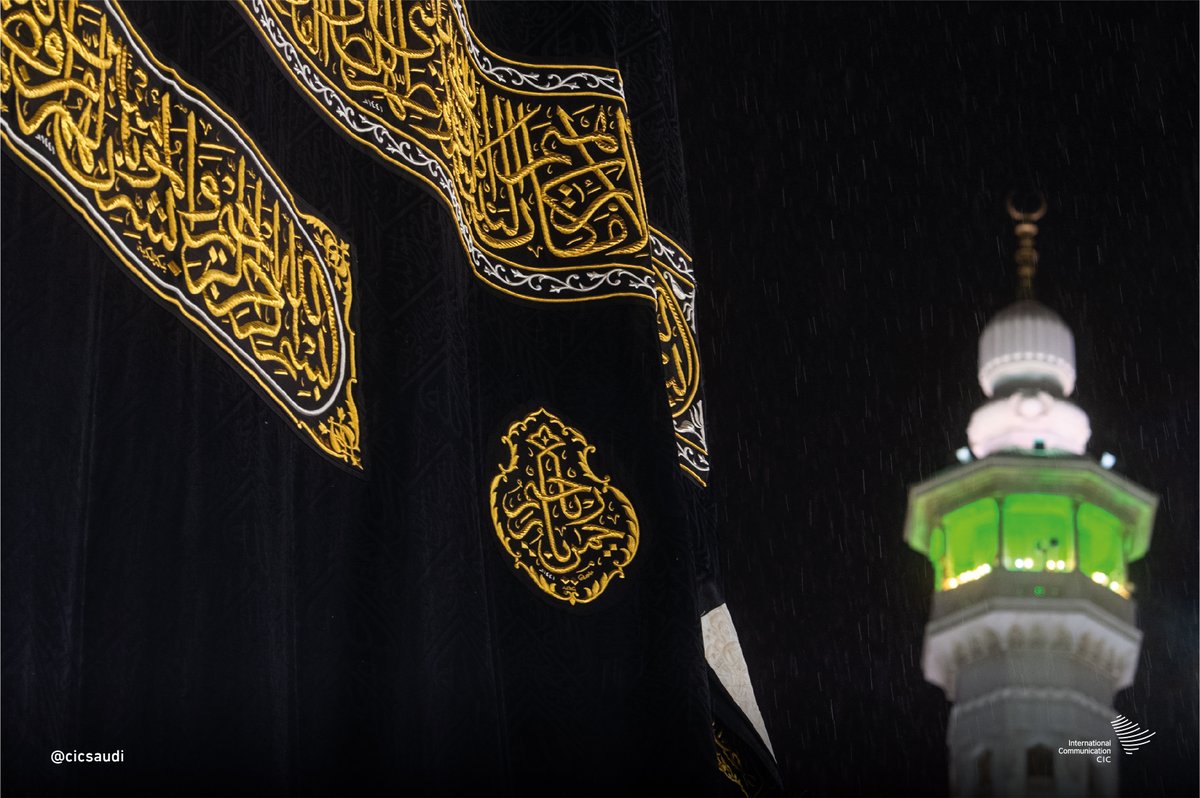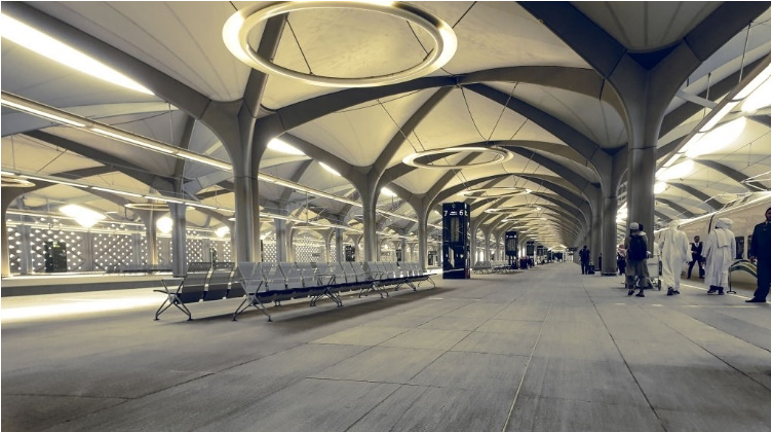
The Kiswah is the garment that adorns the Ka’bah. Each year on the 9th of Dhul Hijjah, the day Hajj pilgrims travel for the territory of Arafat, it is updated. Kiswah, which means “robe,” is also known as the “Ghilaf.” The silk and cotton cloth are embellished with Quranic phrases. The black cloth is usually produced two months before the Hajj begins. The Bani Shayba dynasty is the Kaaba’s caretaker and formally takes control of it. The older Kiswah is divided up and presented to Islamic countries and officials as a benediction.
Historical Perspective of Kiswah
The Prophet Ismail (A.S.) is reported to be the earliest to construct a small shelter on the Kaaba. According to history, Yemeni King Tubba (Abu Karib) was the first to completely wrap the Ka’bah. It is reported that he hung it with red-striped Ma’afir material, a one-of-a-kind fabric made in Yemen’s Ta’izz province. The Kaaba was guarded by a great number of individuals who saw it as a holy task shortly after King Tubba. Anybody who wanted to conceal the Kaaba with whatever fabric they want may do so at any moment. The Kaaba was even on the edge of collapsing at times because of the strain of the cloth medium on it. Long before the arrival of Islam, prominent Quraysh clans covered the Kaaba with fur, braided palm leaves, and fabrics, according to historians. Nailah bint Jinab, the mother of Abdul-wife Muttalib and Abbas, was the first Arab lady to adorn the Ka’bah in silk and brocade. The Prophet (S.A.W) watched the ceremony of concealing the Ka’bah as a six-year-old kid.

Some Information About Kiswah and Its Modifications
Here are some details regarding the modifications and facts of Kiswah, the Holy cover of Khana Kaaba:
- It is made from about 650kg of raw silk obtained from Italy.
- The authority to produce the fabric for the Ka’bah was granted to the monarch who had suzerainty over Makkah.
- Approximately 200 individuals work each year to construct the Kiswah.
- The Ka’bah was decked with three unique coverings during Caliph Mamun’s reign. On the 8th of Dhul Hijjah with red brocade, on the day the Rajab with qibati, and on the 27th of Ramadhan with white brocade.
- The embroidery process takes around 8-10 months.
- The Abbasid Caliph Al-Nasir was the first one to put the green Kiswah on the Ka’bah. It was eventually returned to black and has remained thus since 1224.
- A lot of individuals and organizations also donated clothes for the cover of Kaaba. The Ka’bah is claimed to have been wrapped in Chinese fabrics by Ramisht from Siraf, a wealthy twelfth-century medieval trader.
- It involves the use of 120kg of gold and silver filaments from Germany.
- It costs around $4.5 million (£3.4 million) to manufacture.
Kiswah Production in Saudi Arabia
After conquering the Hijaz territory, King Abdul Aziz established a Kiswah industry in Makkah’s Ajyad quarter. Commenced in 1927, the Kiswah was made here. Its construction moved to Egypt in 1961 prior to Saudi Arabia.
The above data demonstrates the importance of Kiswah and its building throughout history. It also shows how numerous kings have succeeded to preserve it. When Muslims embark on the Umrah pilgrimage, they might come into contact with Kiswah. If you want to hold and experience this valuable and holy piece of fabric, you should undertake Umrah. Muslims of the UK can avail themselves of cheap Umrah packages London, Umrah packages Manchester, and Umrah packages Birmingham anytime easily. Muslims believe that Kiswah is a blessed fabric, which is why it is so important to them.






